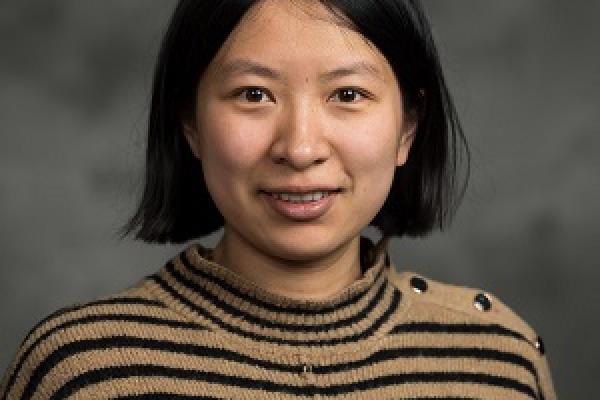
Title
Statistical and computational problems in space weather data challenges
Speaker
Yang Chen - University of Michigan, Department of Statistics
Abstract
In this talk, I will introduce several data challenges in the field of space weather, present our initial solutions, and discuss our ongoing efforts. Space weather generally refers to the conditions on the sun, in the solar wind, and within Earth's magnetosphere, ionosphere and thermosphere that can influence the performance and reliability of space-borne and ground-based technological systems and can endanger human life or health (definition given by NASA). More precisely, for example, a big solar flare might cause outages in the earth’s electrical power grids and disturbances of satellites in orbit. Therefore, early warnings of potential strong solar flare events are of great importance.
The statistical challenges with solar flare prediction problems come from the sparsity of samples (rarity of events), large volumes of data of various types, and the heterogeneous temporal dependency, to name a few. We adopted the Long Short Term Memory neural network to approach solar flare classification and prediction problems as our first attempt. Results and ongoing work on solar flare predictions will be presented in the first half of the talk. In the second half of the talk, I will present video imputation methods that we recently developed for the reconstruction of the total electron content (TEC) map. The TEC is the total number of electrons present along a path between a radio transmitter and receiver. For ground to satellite communication and satellite navigation, TEC is a good parameter to monitor for possible space weather impacts. Thus it is necessary to monitor the TEC maps in both realtime and in a predictive fashion. Our proposed video imputation methods allow for spatial and temporal smoothness, signal sparsity and the use of auxiliary data, which yield nicely reconstructed local and global features of TEC maps.
